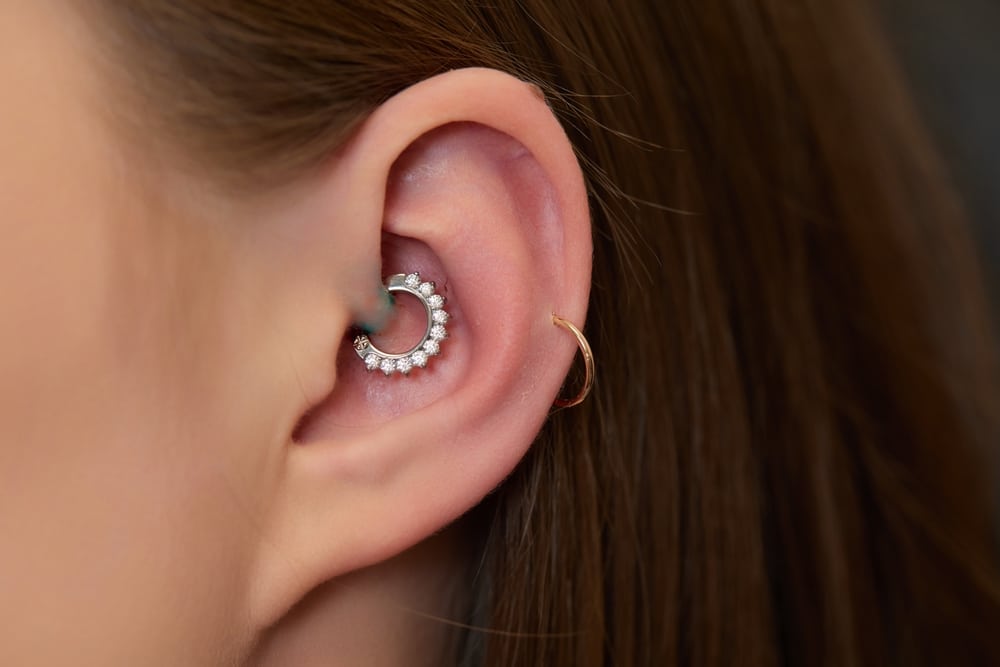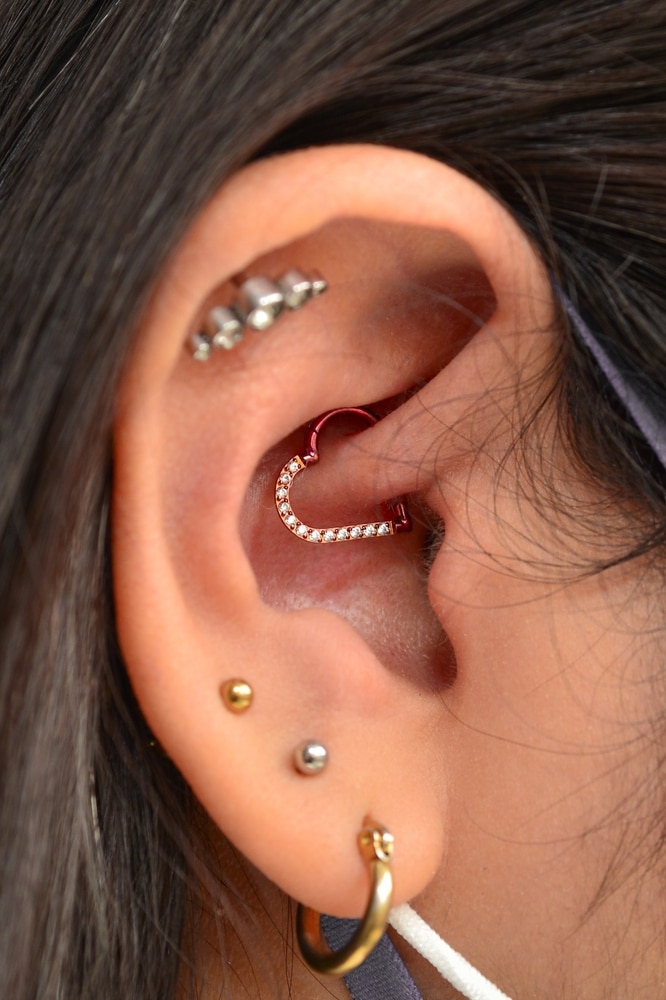Daith piercings have gained popularity for their unique look and potential health benefits, particularly for people suffering from chronic migraines. This piercing is located in the fold of cartilage just above the ear canal, offering a striking visual appearance and the possibility of relief from certain ailments. But before getting a daith piercing, it’s essential to understand the procedure, pain level, and, most importantly, the aftercare tips to ensure a smooth healing process. This guide will walk you through all the necessary details, including the type of ear piercing, jewelry options, and potential side effects.
What is a Daith Piercing?
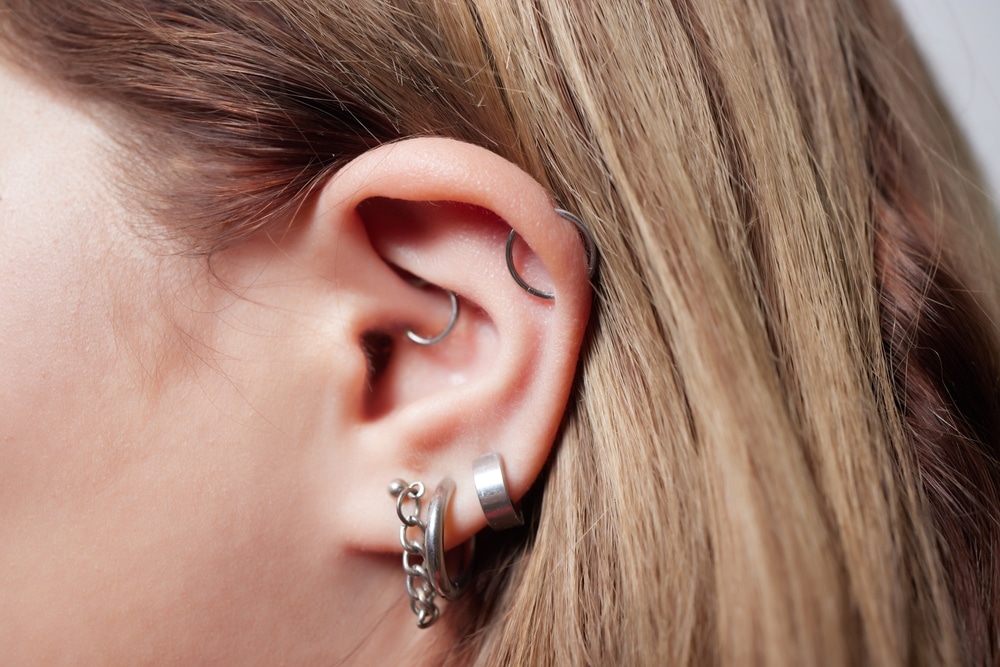
A daith piercing is a type of ear piercing that goes through the innermost part of the ear, specifically the fold of cartilage that rests above the ear canal. This area of the ear is thicker and more rigid compared to other parts of the ear, making the procedure slightly more challenging for the piercer and potentially more painful for the recipient. Daith piercings are often adorned with captive bead rings or a curved barbell, which fit snugly into the small area of the ear.
This piercing has gained attention due to claims that it can help alleviate chronic migraines, though the scientific evidence supporting this is limited. Some individuals believe that the piercing targets a specific pressure point associated with migraines, but many experts believe any relief experienced may be a placebo effect.
The Daith Piercing Procedure

Like other cartilage piercings, a daith piercing requires precision due to the thickness and location of the cartilage. Here’s what to expect during the procedure:
Consultation
Before the piercing begins, the piercer will inspect your ear to ensure that your anatomy can accommodate a daith piercing. Not all ears have the necessary fold of cartilage for this piercing.
Preparation
The piercer will clean the area to avoid infection and mark the exact spot for the piercing.
Piercing
Using a hollow, sterilized needle, the piercer will quickly pierce through the cartilage. This is done with great care to ensure proper placement. The jewelry, typically a small curved barbell or a captive bead ring, is inserted immediately after.
Post-Piercing Instructions
Once the piercing is completed, your piercer will provide detailed aftercare tips to help you avoid infection and complications during the healing process. The entire process only takes a few minutes, but precision is key. Make sure you visit a licensed professional with experience in cartilage piercings.
Daith Piercing Pain Level
The pain level of a daith piercing varies from person to person and depends on factors like pain tolerance, experience with piercings, and the thickness of the cartilage. Many people report that daith piercing is more painful than other types of ear piercing because it passes through a thicker portion of the ear. The location in the fold of cartilage above the ear canal means that the piercing requires more pressure to complete.
However, the discomfort is usually brief, with most people reporting a sharp, intense pain during the actual piercing, followed by a throbbing sensation. The pain diminishes after a few hours, although the ear may remain tender for several days.
Healing Time
The healing time for a daith piercing can be lengthy due to the thickness of the cartilage and the location in the outer ear.
- On average, it takes between six to twelve months for a daith piercing to fully heal. However, the healing period can vary depending on aftercare practices, the individual’s body, and their immune system.
During the healing process, it’s essential to keep the area clean and follow aftercare instructions provided by the piercer. Neglecting proper aftercare can lead to complications like infection or prolonged healing.
Aftercare Tips
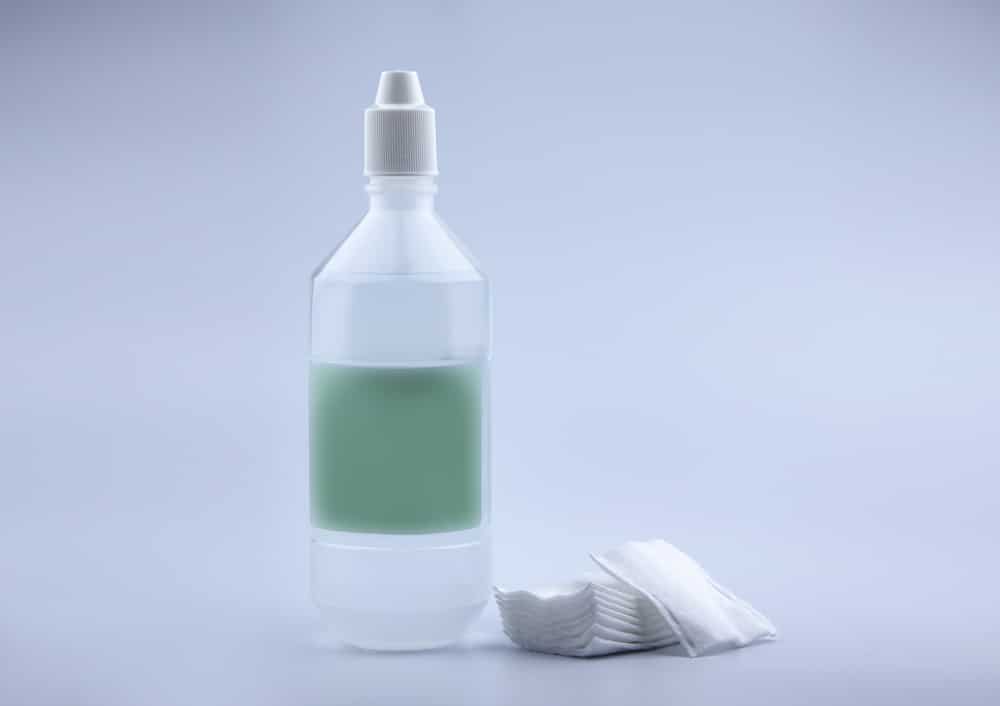
Aftercare is critical to ensure a healthy healing process and to minimize the risk of infection or other side effects. Here are some essential aftercare tips:
Saline Solution
One of the best methods to clean your daith piercing is by using a saline solution. Soak a cotton ball or gauze in the solution and gently clean the piercing twice a day. Avoid using alcohol or hydrogen peroxide, as these can dry out the skin and delay healing.
BASE LABORATORIES Piercing Aftercare Spray 4oz
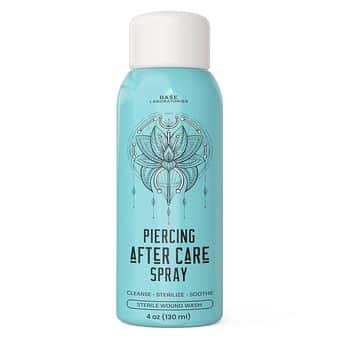
Product Details
- Spray
- Unscented
- BASE LABORATORIES Brand
- All Skin Type
Avoid Touching
Refrain from touching the piercing unnecessarily. If you need to adjust it, make sure your hands are clean to prevent introducing bacteria to the area.
Be Mindful of Hair and Clothing
Hair can easily get tangled in the jewelry, and hats or scarves can put pressure on the piercing, leading to irritation. Be cautious when grooming or getting dressed.
Avoid Sleeping on the Piercing
Sleeping on the side of your piercing can prolong the healing process by putting pressure on the area and potentially causing the jewelry to shift.
Change Jewelry Carefully
It’s best not to change earrings until the piercing is fully healed. If you want to switch to a different piece of jewelry, like swapping a curved barbell for captive bead rings, consult your piercer first.
BASE LABORATORIES Piercing Aftercare Spray 4oz
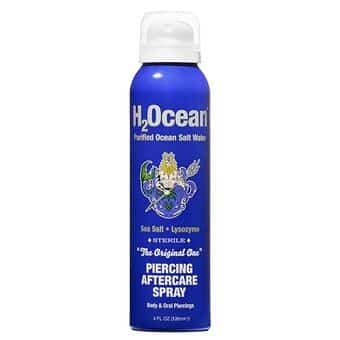
Product Details
- 118.3 Milliliters volume
- 6.75 x 1.75 x 1.75 inches Dimensions
- Age Range: Adult
- Natural Ingredients
Potential Side Effects
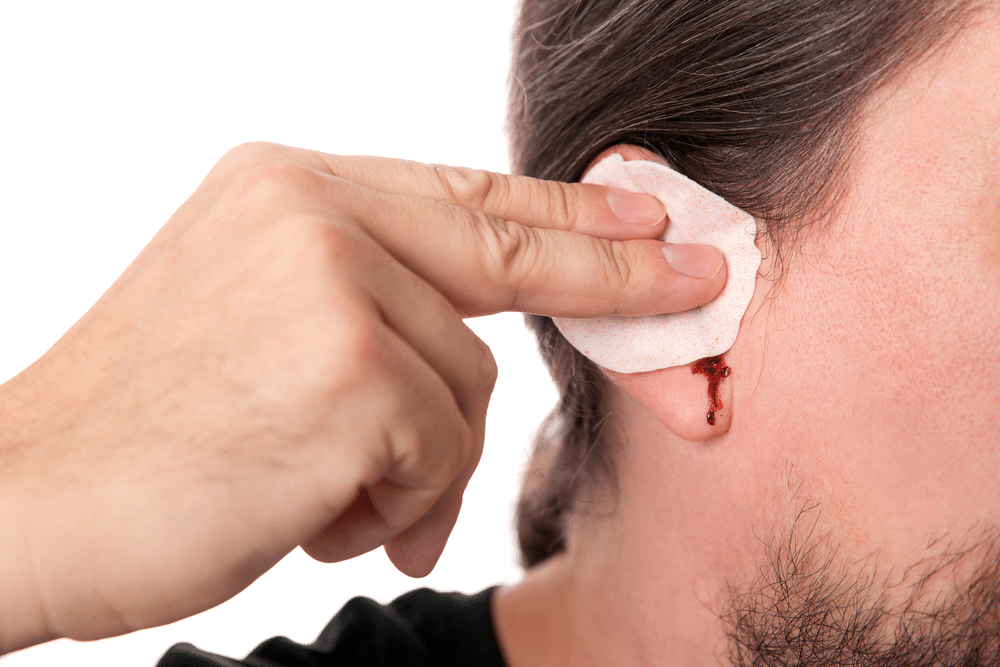
Like any other ear piercing, a daith piercing comes with potential side effects. These include:
Infection
If the piercing is not kept clean, bacteria can enter the wound and cause an infection. Signs of infection include redness, swelling, and pus discharge.
Swelling and Bruising
Some swelling and bruising are normal in the days following the piercing, but these should subside after a week.
Keloids
In some cases, people may develop keloids, which are raised scars around the piercing site. If you have a history of keloids, talk to your piercer beforehand.
Allergic Reactions
Some people may experience allergic reactions to certain metals used in the jewelry. It’s important to use high-quality materials like titanium or surgical steel to minimize this risk.
Daith Piercing for Migraines: Fact or Fiction?
One of the most debated topics regarding daith piercings is their supposed ability to alleviate chronic migraines. Advocates of this piercing claim that it targets a specific pressure point in the ear that can reduce migraine symptoms. However, the scientific evidence supporting this claim is limited.
Many health professionals attribute any perceived benefits to the placebo effect. While some individuals report a reduction in migraines after getting a daith piercing, there’s no solid medical research proving that this piercing can directly affect migraine frequency or severity.
That said, if you’re considering a daith piercing primarily for aesthetic reasons and not solely as a remedy for chronic migraines, it may still be worth a try. Just keep in mind that relying on the piercing as a treatment without substantial medical backing is risky.
Jewelry Options
The most popular jewelry options for a daith piercing include captive bead rings and curved barbell styles. These types of jewelry are well-suited to the small, intricate space of the daith area. Captive bead rings offer a circular design, while the curved barbell provides a more minimalist, straight design.
Both options can be customized in terms of material and design. High-quality materials like surgical steel, titanium, or gold are recommended to prevent allergic reactions and promote healing.
Daith Piercing Cost
The cost of a Daith piercing can vary depending on the location, the piercing studio, and the jewelry used. In general, piercing prices for a daith range from $40 to $80. Higher-end jewelry will add to the total cost.
It’s essential to remember that cheaper isn’t always better. Ensure that the piercer is experienced and the studio follows proper hygiene protocols, even if it means paying a little extra.
Conclusion
A daith piercing is a unique type of ear piercing that not only enhances your appearance but may also offer potential relief for chronic migraines, although the scientific evidence supporting this claim is limited. The piercing goes through the fold of the cartilage above the ear canal and involves a slightly more painful procedure due to the thickness of the cartilage.
After getting your piercing, proper aftercare, including the use of saline solution, is crucial for promoting a healthy healing process and avoiding complications like infection or scarring. Whether you’re drawn to the aesthetic or potential health benefits, ensure you choose a reputable piercing studio and follow all aftercare instructions for the best results.
